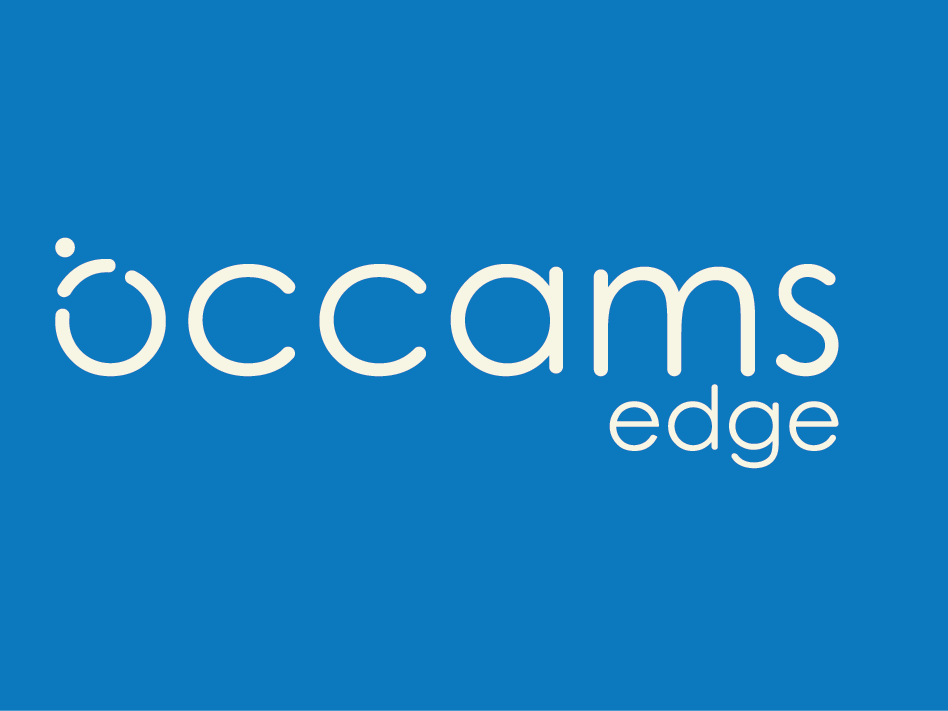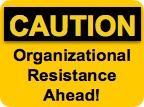In July 2020 we began a conversation about culture with an assertion that culture is the sum of all of the behaviors in your organization. We also noted that, in general, culture tends to modify our behaviors and yet individual behavior can also shape the culture of your organization. This is why culture is constantly evolving. Good leaders behave in a way that highlights and supports the culture of the organization. Conversely, toxic people diminish your culture.
Subsequently, we have talked with many of you about how individual behaviors influence culture and how culture modifies, or constrains, our behavior. Overwhelmingly, we agree that while culture typically helps to modify our behaviors we each have one or two examples of individuals who have shaped culture. Both positively and negatively.
Back in July we said that culture is often shaped by the worst behaviors that leadership is prepared to tolerate and our conclusion was that managing behaviors is preferable over managing people.
Building on this point, tolerating poor behaviors actually contributes extensively to cultural debt in organizations. Cultural debt accrues when individuals undermine the values, attitude, and beliefs embedded in your organization. When leaders and employees don’t address these behaviors directly it acts as a tax, or interest payment, on the business. These taxes come due sometime in the future and are often the underlying reason for poor business outcomes. Other impacts can be seen in employee engagement, employee turnover, and business results.
Allowing poor behavior to continue unchecked means that you may well experience “Hemingway’s Law of Motion: Gradually, then Suddenly”. In his 1926 novel, The Sun Also Rises, Hemingway’s character Mike, when asked “how he went bankrupt, responds “Two ways. Gradually and then suddenly.”
The crisis takes a much longer time coming than you think, and then it happens much faster than you would have thought.
Rudiger Dornbusch
This is very much they way cultural debt operates. If we tolerate it and let it go unchecked we create this gradual grinding on the business and then one day we are surprised by the sudden impact of our culture.
All of a sudden, things seem to come to a head.
How to avoid “Suddenly”
- Have a defined set of values, beliefs, and behaviors.
- Communicate broadly and consistently connect actions and results to values, beliefs, and behaviors.
- Immediately address behaviors that are inconsistent with the cultural expectations.
Of course, avoiding suddenly is really a story of fixing gradually. Having a standard by which to measure interactions is useful. Actually taking action when behaviors do not meet expectations is a more important action. Unfortunately, all to often, we see poor behaviors go unchecked and gradually becomes suddenly.


